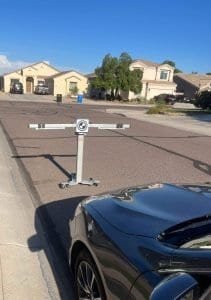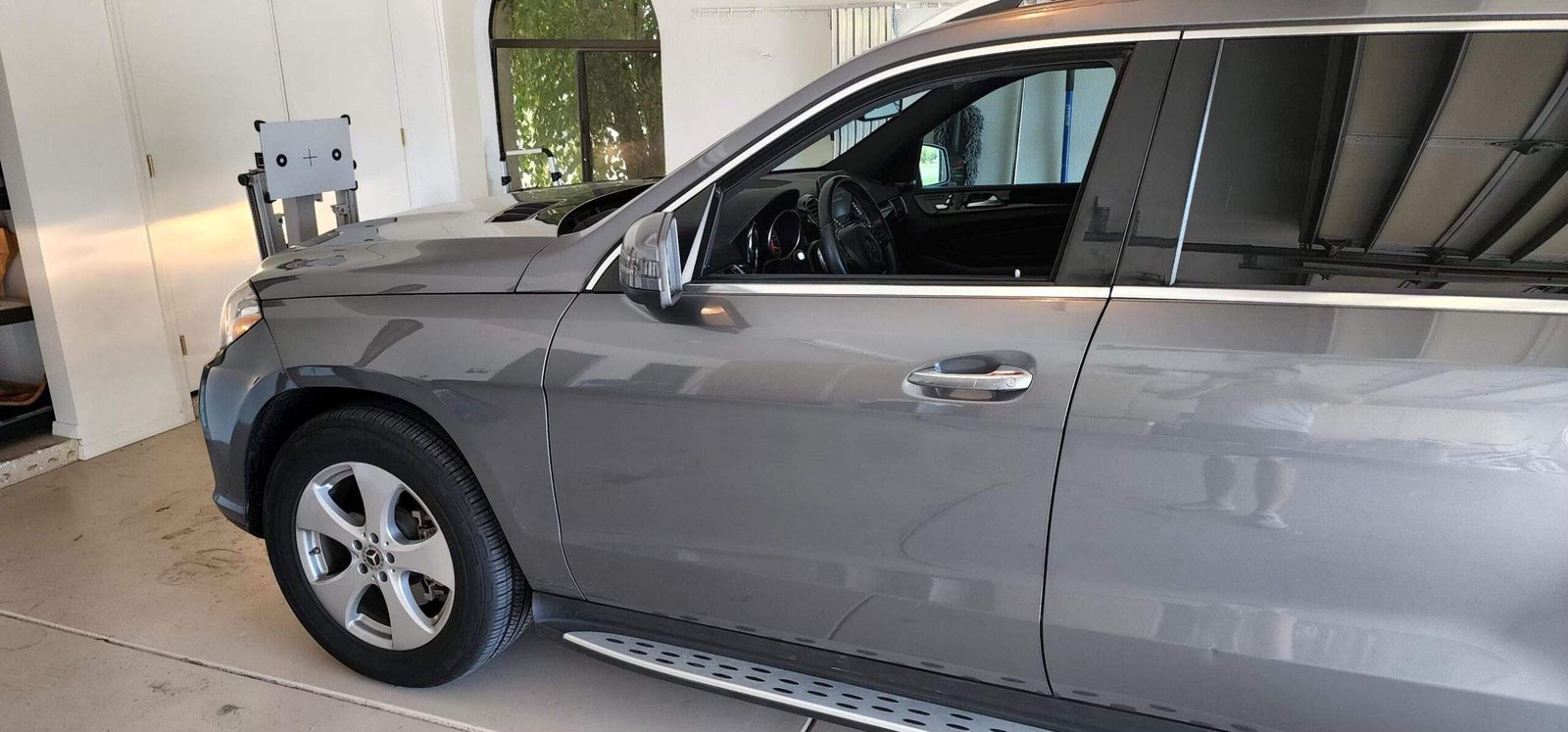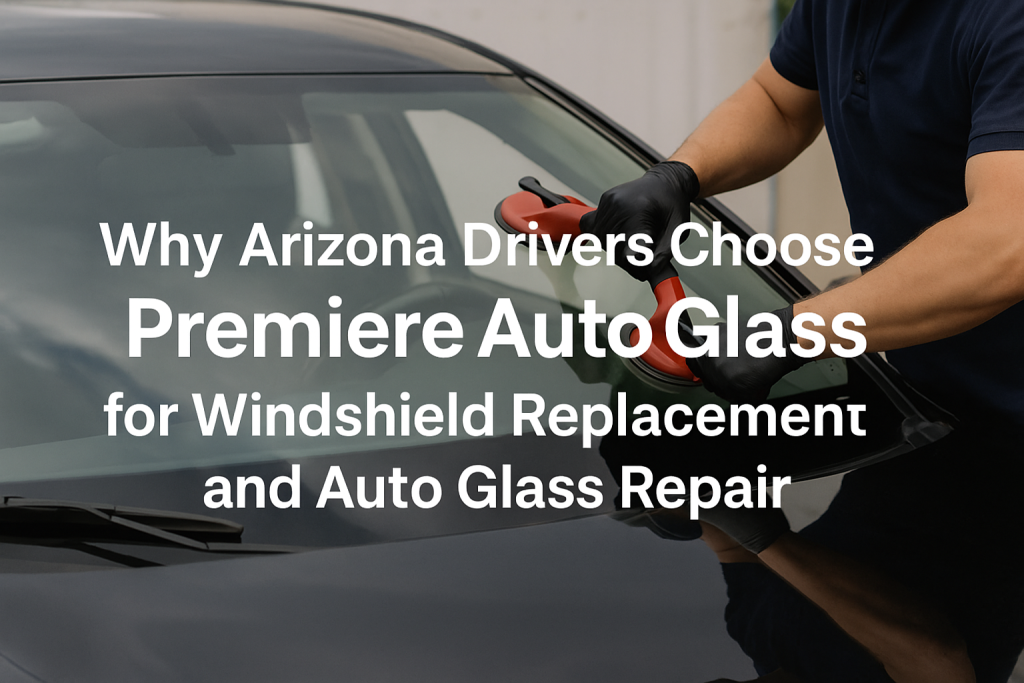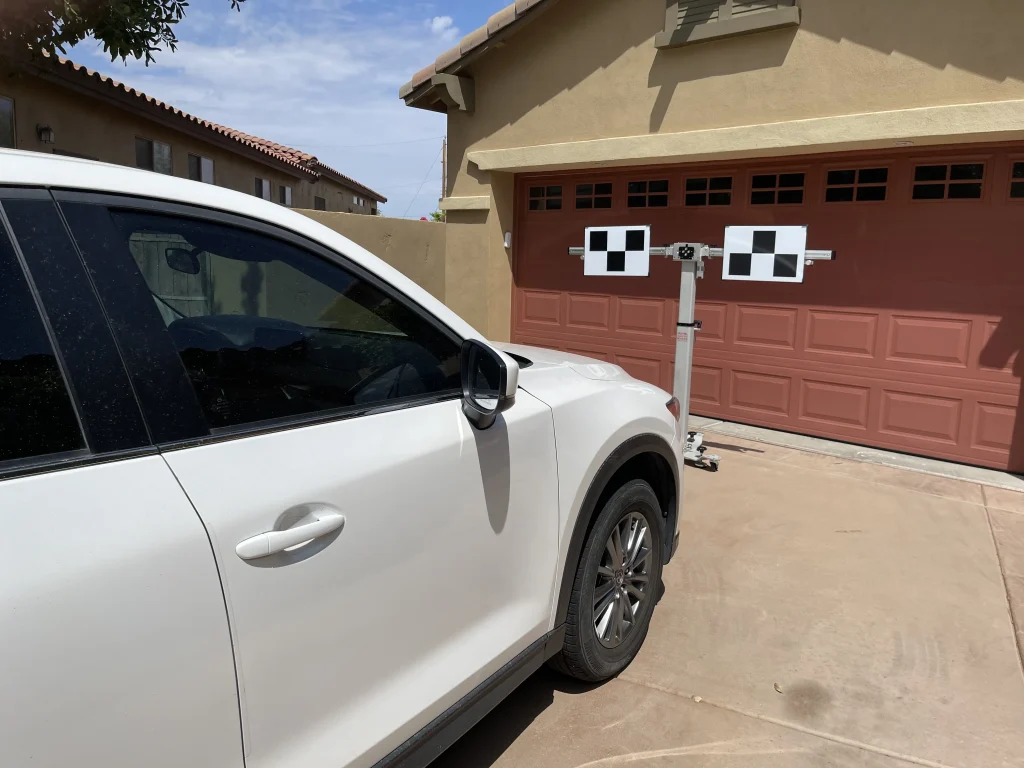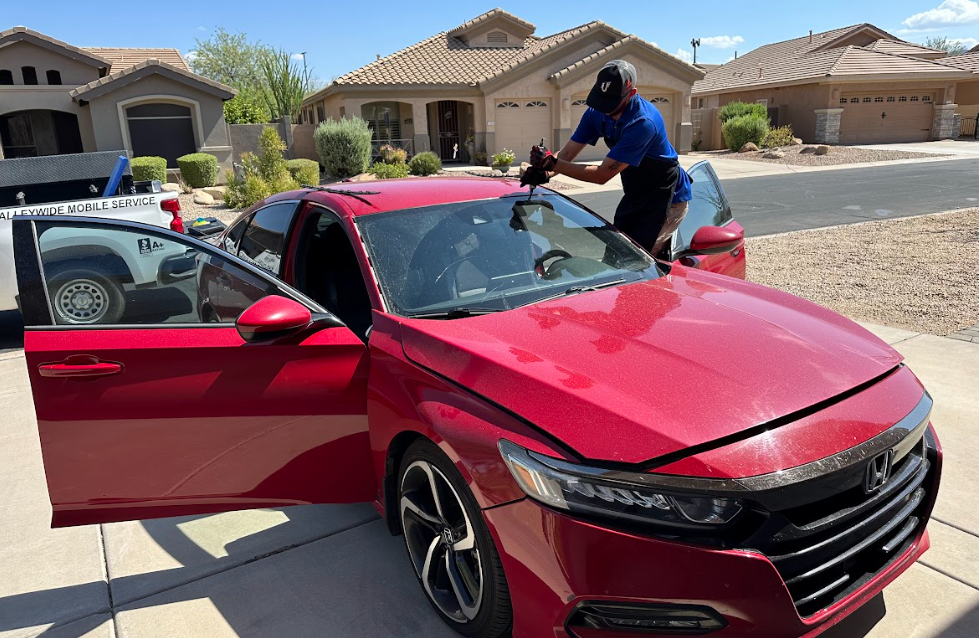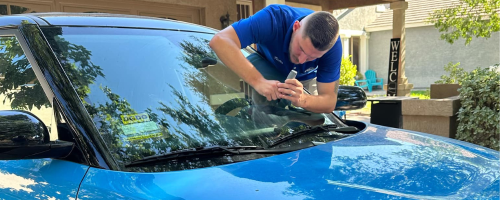What’s The Difference Between Dynamic & Static ADAS Calibration?
Modern cars often have ADAS, or advanced driver assistance system, which is a comprehensive collection of functions. Even if you are unfamiliar with the word, you almost certainly are with some of the components of ADAS. Numerous of these features are designed to increase road safety; therefore, it’s crucial to regularly assess the system’s functionality and accuracy. When you replace your windscreen, you must have your ADAS calibrated by trained professionals using specialized equipment. Depending on the manufacturer’s recommendations, you may also need to do this when you change or replace your tires, realign your wheels, or have any work done on your car’s suspension.
Dynamic (or mobile) and static ADAS calibration are two different forms. Let’s first look at some components that make up ADAS before examining the differences between dynamic and static ADAS calibration.
Features of ADAS
As previously mentioned, ADAS comprises a diverse range of characteristics that differ from one vehicle model to the next, with some models simply having fundamental functions and others incorporating cutting-edge technologies. Typical traits include:
- Adaptive headlights (AH)
- Adaptive cruise control (ACC)
- Control of adaptive lighting
- Emergency braking that is automated (AEB)
- Methods for automatic braking (ABS)
- Blind spot detection and collision prevention technology
- Advanced collision alert
- Smart speed assistance (ISA)
- Distance monitoring and lane departure alert (LDW)
- Aid with lane change (LCA)
- Rear-facing cameras
According to your vehicle’s user manual, ADAS calibration is still required whether your car has only one or several features.
ADAS Dynamic Calibration
Dynamic ADAS calibration, also known as mobile ADAS calibration, uses a hand-held device connected to the car’s systems. Then, under ideal weather, the car is driven a predetermined distance at a predetermined speed. For the system to adjust to typical driving conditions, the vehicle’s manufacturer must specify the distance and speed.
ADAS Static Calibration
Static ADAS calibration takes place on a stationary vehicle, as the name would imply; no driving is required. However, everything takes place in a specialized workshop using various techniques to evaluate each module or feature and then restore it to optimal operation rather than utilizing a handheld device.
There is a difference between ADAS calibration, which is static and dynamic. Your vehicle’s manufacturer will provide the recommended approach, testing, and calibration parameters. It is not something you should do on your own and should only be done by qualified experts using the appropriate tools. And regrettably, it lengthens processes like replacing windscreens, with accurate calibration requiring anything from 30 minutes to more than 3 hours. However, the advantages of increased safety for you and other drivers make the extra time well worth it. Safety matters to you, and you should take care of it no matter what. Because each vehicle is unique, manufacturers always specify their particular calibration standards.


